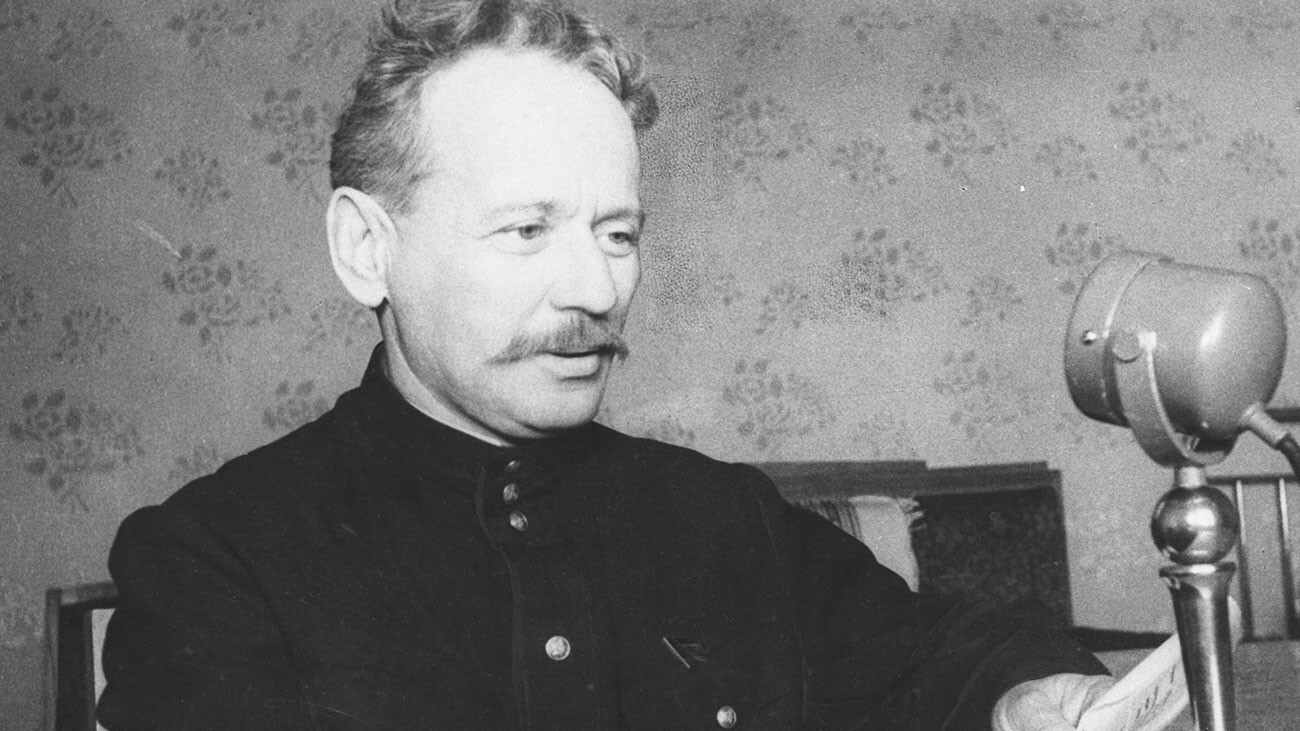
Why were these Soviet icons made out of wrappers & pioneer ties? (PHOTOS)
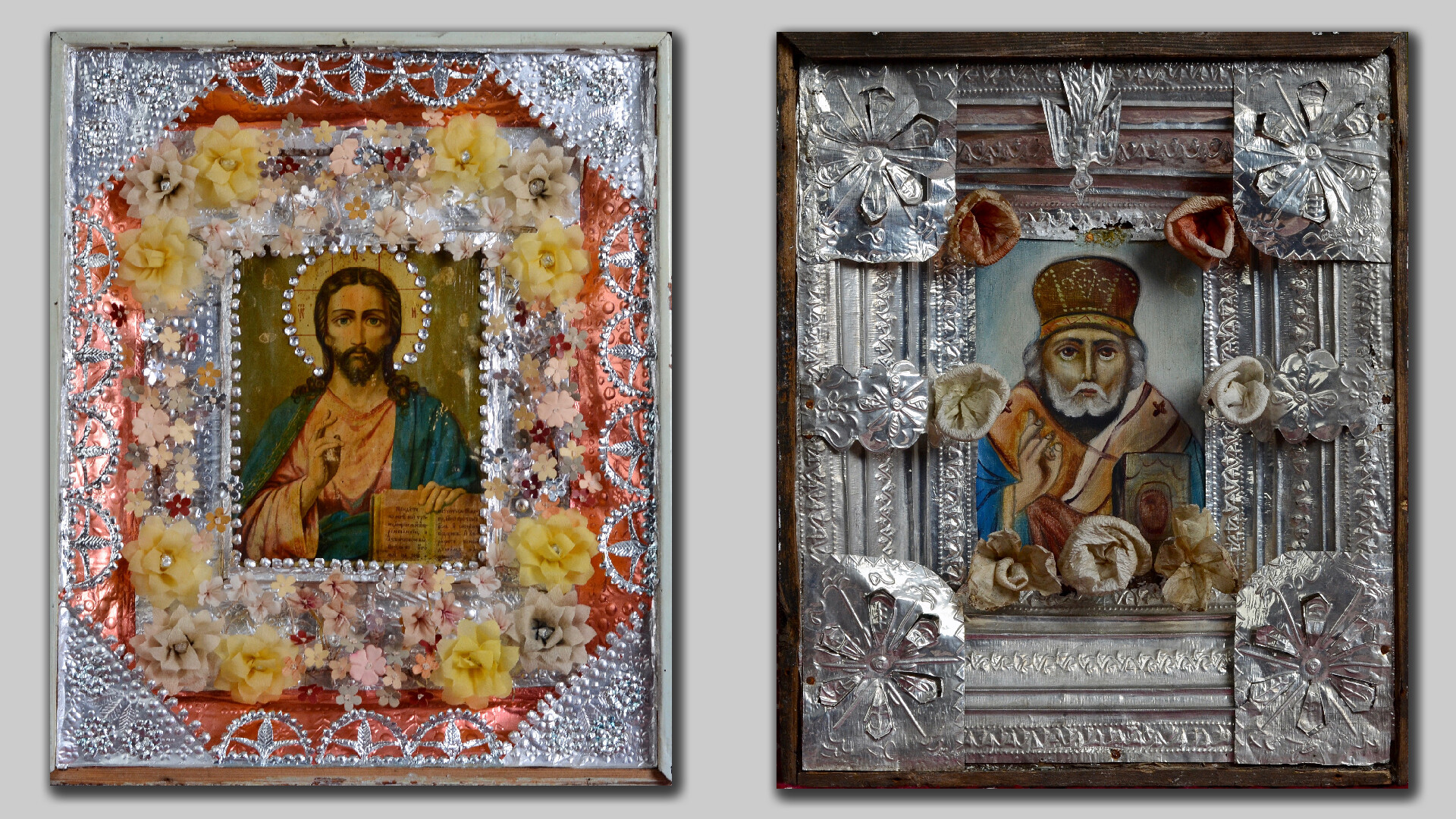
Icons for home use in Soviet times were primarily created by rural artisans. Photographs of old icons were used as the model: in the USSR, only a handful of church workshops were officially allowed to reproduce them, but locally they were secretly created in large numbers by photographers working in studios. The frames were designed using everything from foil wrappers and red Pioneer ties to bridal veils.
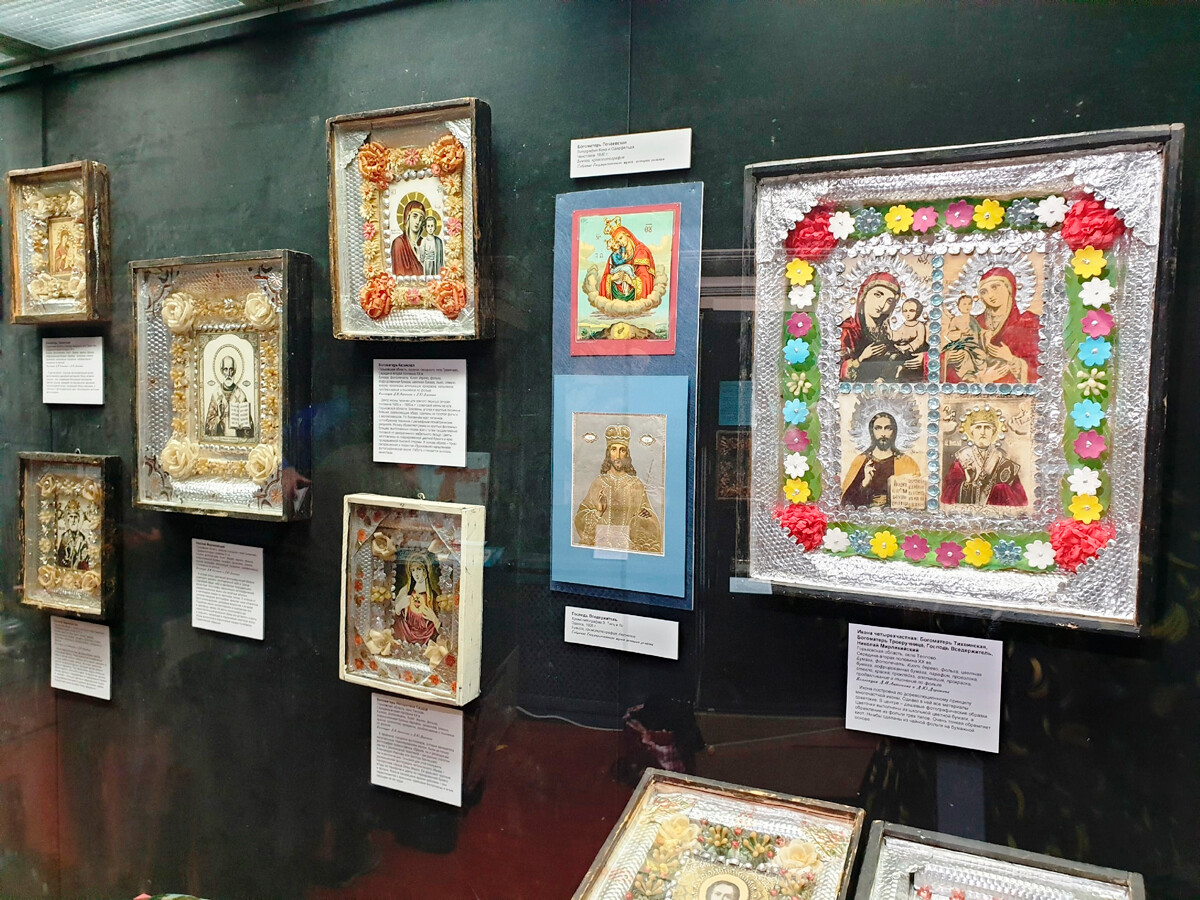
Icon cases, or kiots, appeared in Russia in the first half of the 19th century. It consisted of a wooden box, encased in glass: inside was a colored, printed or painted icon that was decorated with a foil rim and paper flowers.
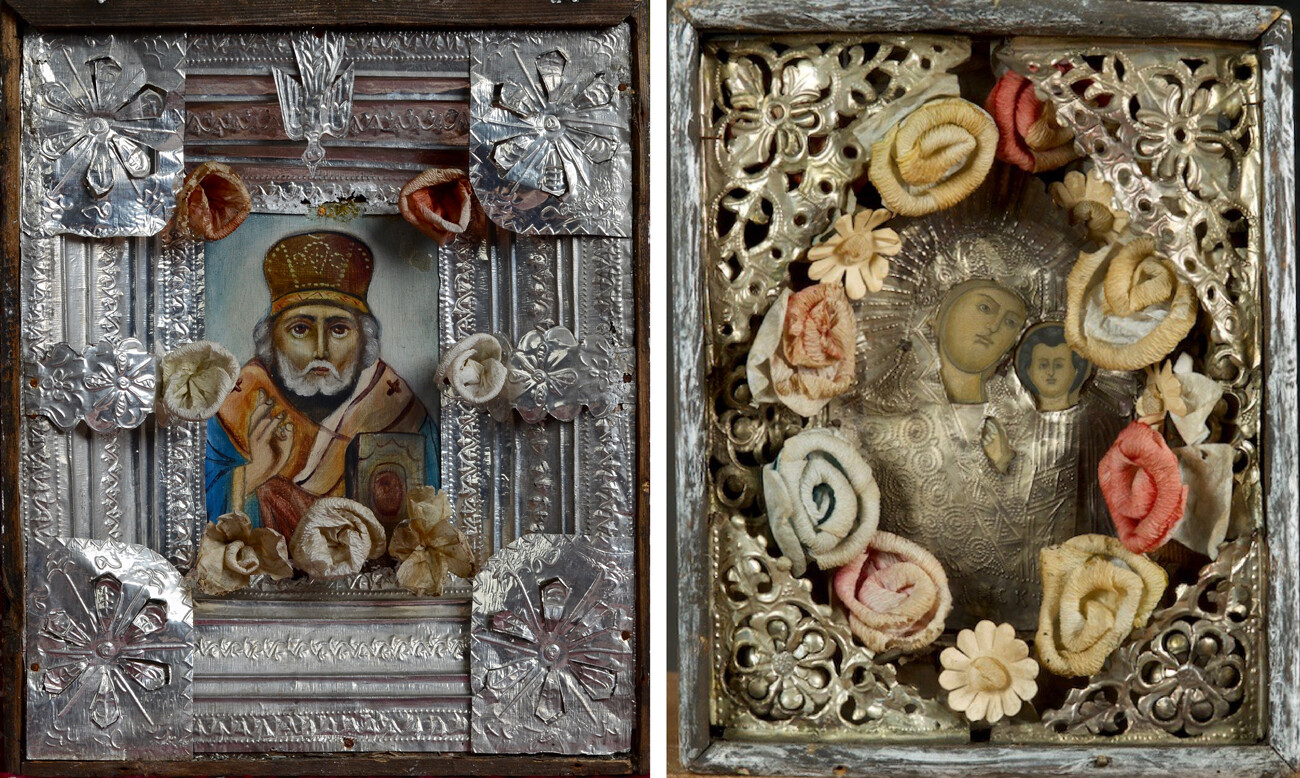
In tsarist times, the production of such icons for home use was widespread: there were foil-rolling workshops, artels and factories. Millions of icons decorated with foil and flowers were created.

“Before the revolution, kiots were not only sold across the Russian Empire, but were also exported to Europe. At the end of the 19th and beginning of the 20th centuries, their craft flourished, primarily in the Vyazniki district of Vladimir province,” says Professor Dmitry Antonov, director of the Center of Visual Studies of the Middle Ages and Modern Times at the Russian State University for the Humanities.
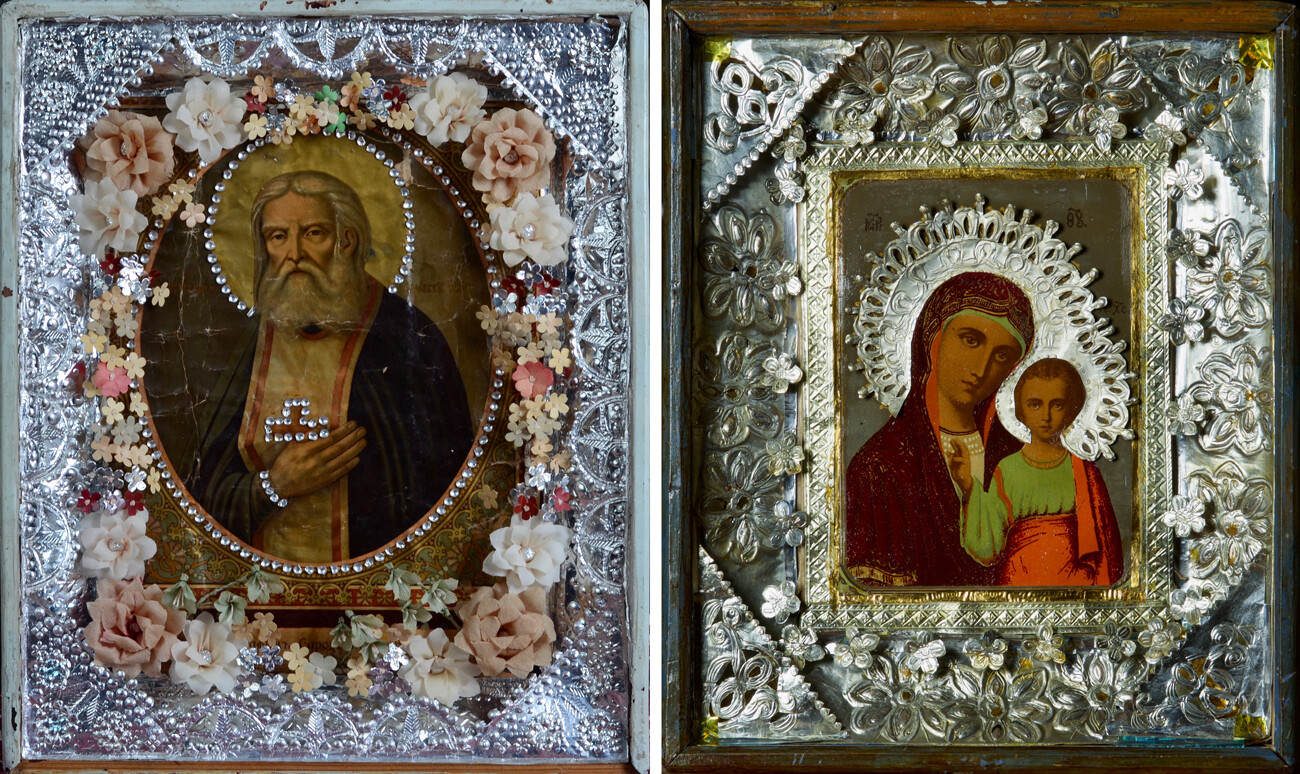
“Under the Bolsheviks all icon production ceased. But it was not possible to defeat the faith, and icons, of course, did not disappear. Soviet craftsmen began to reinvent the tradition. But they worked under different conditions - illegally and secretly, with no materials or tools. They created Soviet icons, like the ones in the 19th century - but a completely different phenomenon.”
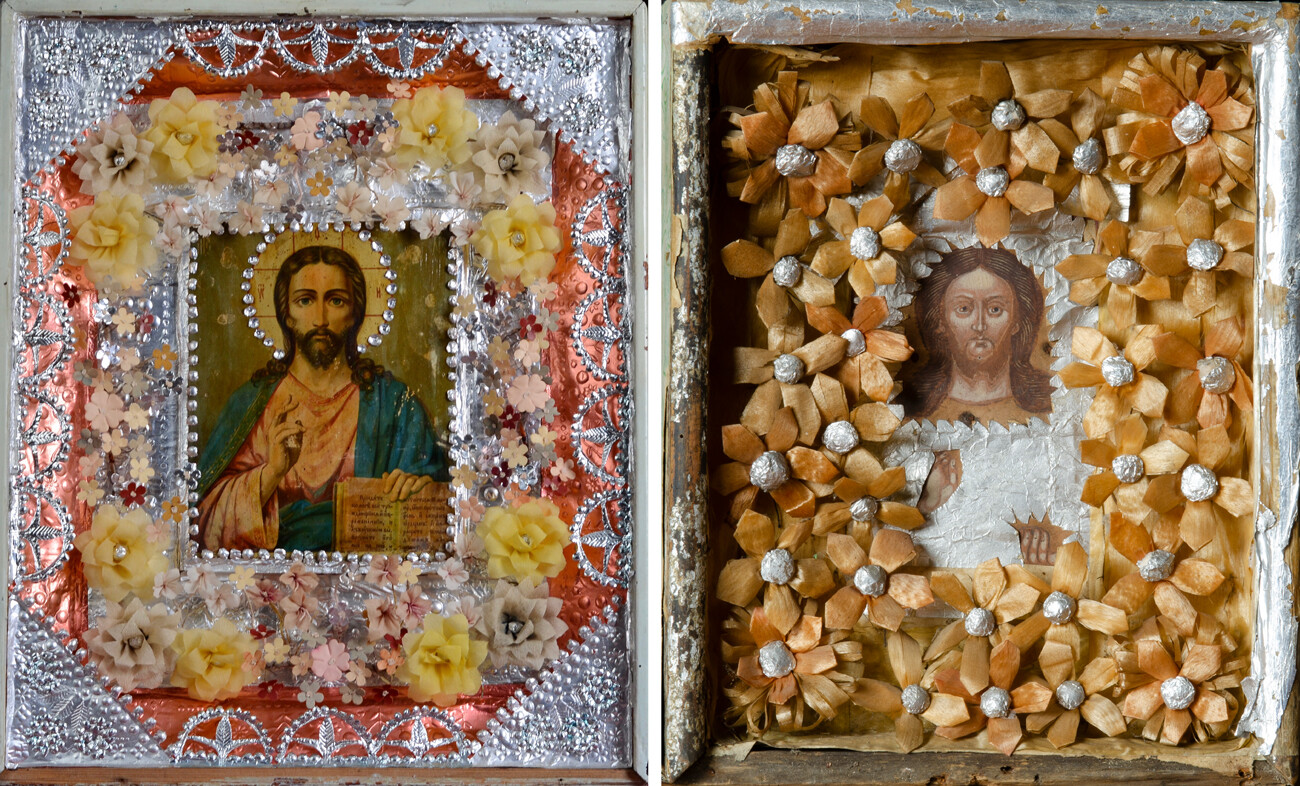
With a shortage of materials and tools, the most unexpected means of decoration were applied. For example, patterns on the foil could be hammered out by using the bottoms of shot glasses, embossed with the use of rifle cartridges, or clock gears. Even the Soviet nuclear weapons industry served as a source of material for these icons.

“Different types of foil were used: candy wrappers or tea wrappers. Sometimes even discarded foil from the nuclear industry was used. Pioneer ties were used for decorations. Even more common veils, fabrics, and flowers from wedding dresses were used. On the one hand, they were bright and beautiful. On the other hand, the materials were associated with wedding symbols, and many of the kiots were created specially for weddings, as 'wedding couples,' in order to bless the young,” Antonov notes.
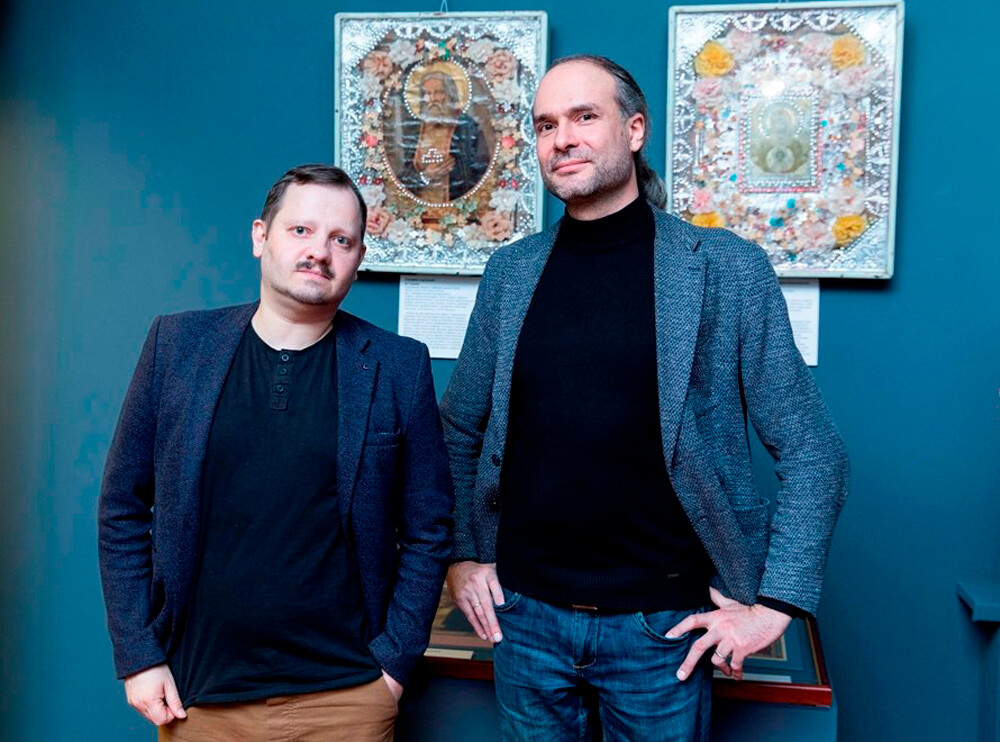 Dmitry Antonov (R)
Dmitry Antonov (R)
The exhibition “Soviet Icons. Religious Artifacts of the Epoch of Persecution” is on display until March 21, 2023 at the State Museum of the History of Religion in St. Petersburg (link in Russian).












